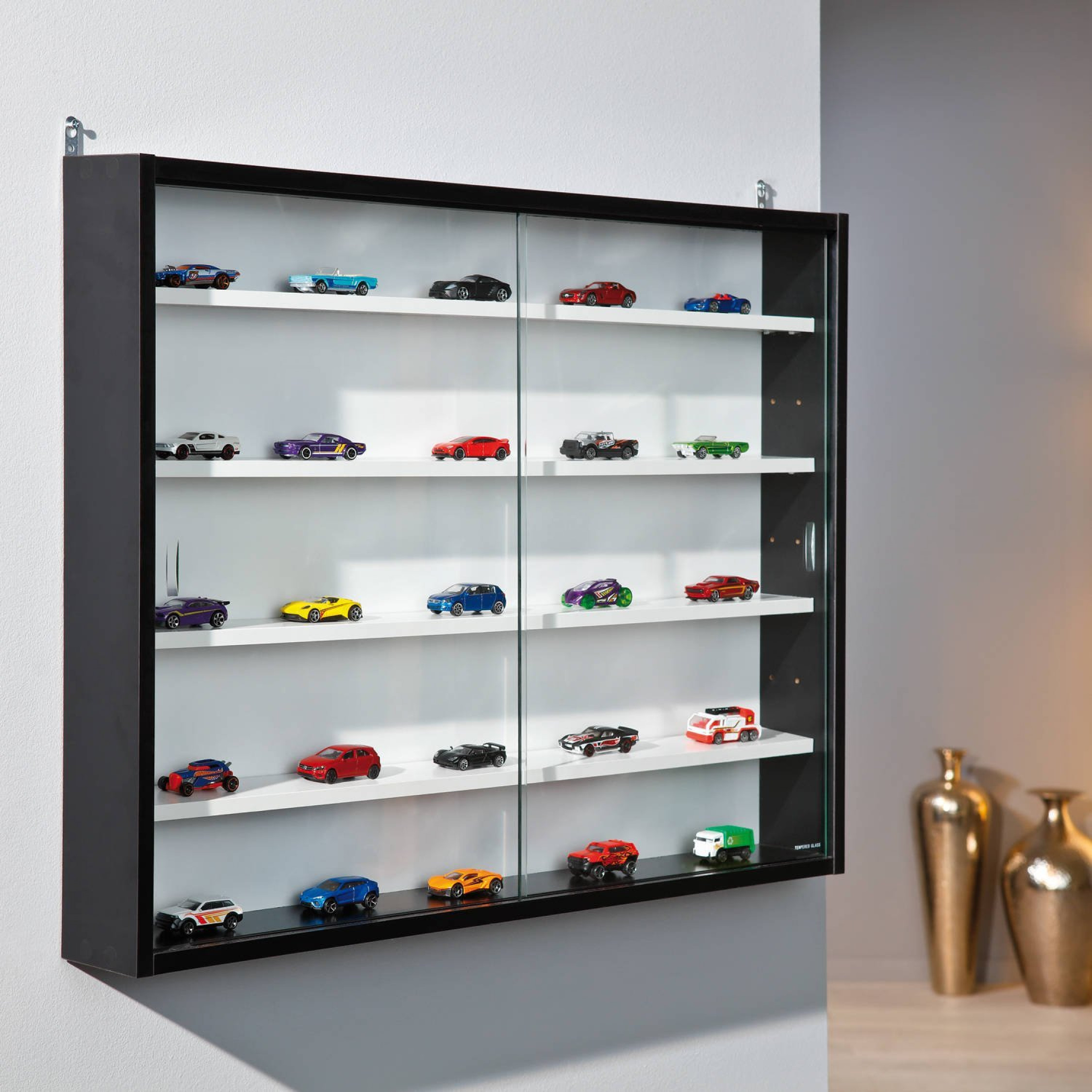The Allure of Glass and Metal: A Timeless Blend: Glass Metal Curio Cabinets

The enduring appeal of glass and metal in furniture design lies in their ability to create pieces that are both aesthetically pleasing and functional. From the intricate glasswork of ancient civilizations to the sleek, modern designs of today, these materials have consistently been at the forefront of furniture trends.
A Historical Perspective on Glass and Metal in Furniture
Glass and metal have been intertwined in furniture design for centuries. Ancient Egyptians used glass for decorative elements in their furniture, while Roman artisans incorporated metal accents for structural support and ornamentation. During the Renaissance, glass and metal were frequently used in cabinets and chests, showcasing the craftsmanship of the period.
- The use of glass in curio cabinets evolved alongside the development of glassmaking techniques. Early cabinets featured thick, hand-blown glass panes, while later designs incorporated thinner, machine-made glass, allowing for greater transparency and detail.
- Metal, on the other hand, has been used for both structural and decorative purposes in curio cabinets. From the ornate ironwork of the Victorian era to the sleek stainless steel of contemporary designs, metal has played a significant role in shaping the aesthetic and functionality of these pieces.
Aesthetic Harmony: How Glass and Metal Complement Each Other
The combination of glass and metal in curio cabinets creates a visually captivating and harmonious aesthetic. The transparency of glass allows for the display of treasured objects, while the solidity and reflectivity of metal provide a contrasting element, enhancing the overall visual appeal.
- Glass offers a sense of lightness and airiness, allowing the eye to focus on the displayed items.
- Metal adds a touch of elegance and sophistication, complementing the delicate nature of glass.
- The interplay of light and shadow on the glass and metal surfaces creates a dynamic and engaging visual experience.
Notable Designers and Manufacturers
Numerous renowned designers and manufacturers have embraced the timeless blend of glass and metal in their curio cabinet designs.
- Frank Lloyd Wright, known for his innovative architectural designs, incorporated glass and metal into his furniture creations. His iconic “Prairie School” style furniture often featured glass shelves and metal accents, emphasizing a sense of simplicity and functionality.
- Marcel Breuer, a pioneer of the Bauhaus movement, embraced the use of tubular steel in his furniture designs. His iconic “Wassily Chair” and other pieces exemplify the modernist approach to furniture design, showcasing the elegance and functionality of metal.
- Eero Saarinen, another prominent architect and designer, explored the possibilities of glass and metal in his furniture designs. His “Tulip Chair,” with its single pedestal base and glass top, is a testament to the beauty and versatility of these materials.
Unveiling the Beauty

Stepping inside a glass and metal curio cabinet is like entering a miniature museum, where cherished objects are showcased in a dazzling display. The interplay of glass and metal creates a sense of both elegance and practicality, allowing your treasured possessions to shine.
Types of Glass
The type of glass used in a curio cabinet plays a crucial role in shaping the overall aesthetic and functionality. Here are some common types:
- Clear Glass: Provides the most unobstructed view of the displayed items, allowing their natural beauty to take center stage. It’s ideal for showcasing intricate details, vibrant colors, and delicate textures.
- Frosted Glass: Adds a touch of softness and privacy, diffusing light for a more subdued effect. It’s perfect for creating a sense of mystery and highlighting the silhouette of the displayed items.
- Tinted Glass: Offers a unique color palette, adding depth and dimension to the display. From subtle hues to bold shades, tinted glass can complement the color scheme of your decor or enhance the vibrancy of the showcased items.
- Patterned Glass: Introduces a decorative element, adding texture and visual interest to the cabinet. It can range from subtle etchings to intricate designs, creating a unique focal point.
Metal Finishes
The metal finish of a curio cabinet contributes significantly to its overall style and character. Here are some popular choices:
- Polished Chrome: Reflects light brilliantly, creating a sleek and modern aesthetic. It’s ideal for contemporary interiors, adding a touch of sophistication and glamour.
- Brushed Nickel: Offers a more subdued sheen, creating a warm and inviting atmosphere. It’s a versatile finish that complements a wide range of styles, from traditional to modern.
- Antique Brass: Creates a timeless and elegant look, adding a touch of history and character. It’s perfect for traditional or vintage-inspired interiors, evoking a sense of nostalgia and sophistication.
- Black Metal: Offers a dramatic and contemporary aesthetic, adding a touch of edge and sophistication. It’s ideal for modern or minimalist interiors, creating a bold statement.
Design Elements, Glass metal curio cabinets
Glass and metal curio cabinets often incorporate a variety of design elements that enhance their functionality and visual appeal.
- Shelves: Provide ample space for displaying your treasured possessions. They can be adjustable, allowing you to customize the display to fit your needs.
- Doors: Protect your items from dust and damage while adding a touch of elegance. They can be hinged, sliding, or even French-style, depending on the cabinet’s design.
- Hardware: Includes knobs, handles, and hinges, which can be chosen to complement the cabinet’s overall style. They can be made of various materials, such as metal, crystal, or ceramic, adding a touch of personality.
- Lighting: Can be integrated into the cabinet, highlighting your displayed items and creating a captivating ambiance. LED lights are a popular choice, offering energy efficiency and a bright, crisp light.
